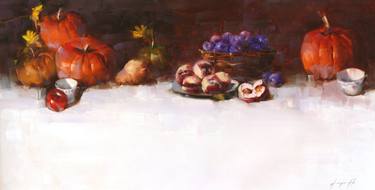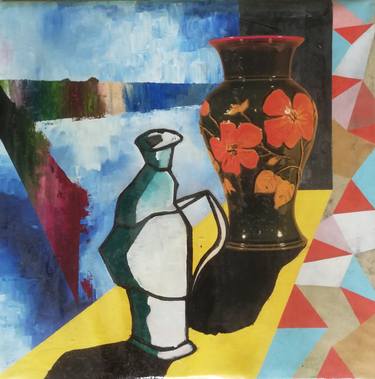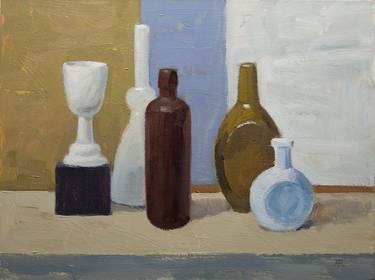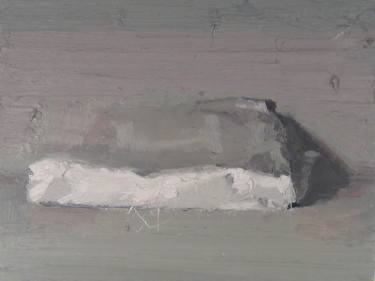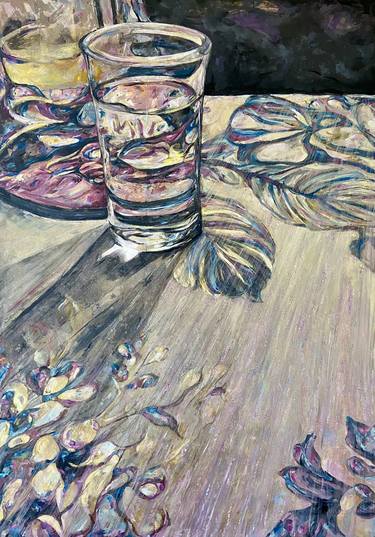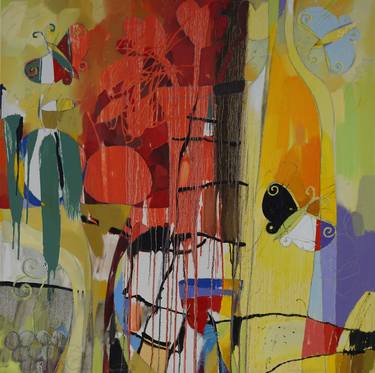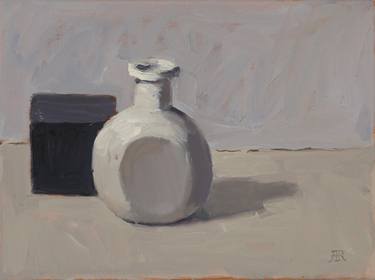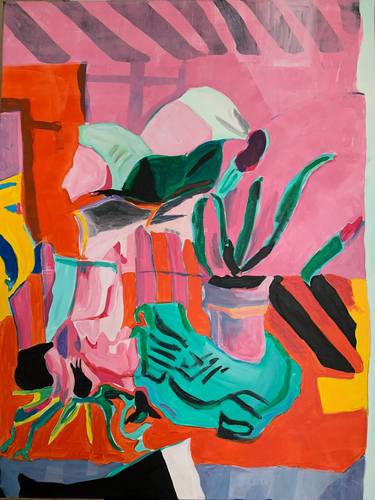- All Artworks
- Paintings
- Still Life
Still Life Paintings For Sale
Browse art and see similar matches
Try Visual Search
Category
Filter (1)
Filter
Category
Style
Subject
Medium
Material
Price
Size
Orientation
Color
Artist Country
Featured Artist
Paintings, 15.7 W x 23.6 H x 0.8 D in
Argentina
$870
Prints from $40
Paintings, 12.6 W x 15.7 H x 0.5 D in
United Kingdom
$1,350
Prints from $40
Paintings, 16 W x 20 H x 2 D in
United States
$2,890
Prints from $100
Paintings, 40.6 W x 40.6 H x 2.4 D in
Australia
$4,590
Still life with Pumpkins Original oil Painting
Paintings, 42 W x 22 H x 0.5 D in
United States
$1,127
Paintings, 27.6 W x 27.6 H x 0.8 D in
Hungary
$1,230
Prints from $100
Paintings, 47.2 W x 19.7 H x 0.1 D in
Saint Martin
$1,610
Prints from $100
Paintings, 37 W x 48.8 H x 1.2 D in
United Kingdom
$3,530
Paintings, 34.6 W x 31.5 H x 0.8 D in
France
$2,940
Prints from $40
Paintings, 54 W x 24 H x 1.5 D in
United States
$3,550
Paintings, 24 W x 24 H x 1 D in
United States
$1,800
Prints from $100
Paintings, 52 W x 52 H x 2 D in
United States
$9,660
Paintings, 23.6 W x 23.6 H x 0.8 D in
United Kingdom
$2,190
Prints from $51
Paintings, 24 W x 18 H x 0.1 D in
United States
$1,290
Prints from $70
Paintings, 11 W x 9 H x 1 D in
Netherlands
$1,070
Paintings, 27.6 W x 31.5 H x 0.8 D in
Poland
$3,320
Paintings, 15.7 W x 11.8 H x 1.4 D in
United Kingdom
$1,090
Prints from $99
Paintings, 22 W x 28 H x 0.7 D in
United States
$1,650
Prints from $40
Paintings, 18 W x 24 H x 0.1 D in
United States
$390
Paintings, 35.4 W x 45.3 H x 0.8 D in
Spain
$3,890
Prints from $74
Paintings, 8 W x 9 H x 1 D in
Netherlands
$1,070
Modern abstract art still life 2
Paintings, 48 W x 48 H x 1 D in
United States
$4,195
Prints from $40
Paintings, 11 W x 14 H x 0.1 D in
United States
$510
Prints from $100
Paintings, 23.6 W x 19.7 H x 1 D in
Vietnam
$1,610
Paintings, 19.6 W x 27.4 H x 2 D in
Czech Republic
$1,850
Prints from $190
Paintings, 31.5 W x 23.6 H x 1 D in
Poland
$2,230
Prints from $49
Paintings, 24 W x 24 H x 1 D in
United States
$1,800
Prints from $100
Paintings, 36 W x 40 H x 1.5 D in
United States
$6,670
Paintings, 30 W x 24 H x 0.7 D in
United States
$2,320
Paintings, 12 W x 9 H x 0.8 D in
United States
$195
Paintings, 48 W x 36 H x 1.5 D in
United States
$8,110
Prints from $74
Paintings, 13.8 W x 19.7 H x 0.6 D in
Czech Republic
$2,160
Memento OMI - Nostalgic Offering to the God of Small Things
Paintings, 59.1 W x 29.5 H x 0.2 D in
France
$995
Paintings, 24 W x 24 H x 1.6 D in
United Kingdom
$693
Prints from $100
Paintings, 11.8 W x 11.8 H x 0.8 D in
New Zealand
$1,190
Prints from $40
Paintings, 47.2 W x 47.2 H x 1.6 D in
United Kingdom
$4,900
Paintings, 20 W x 16 H x 1.5 D in
United States
$980
Prints from $70
Paintings, 16 W x 12 H x 0.1 D in
United States
$660
Prints from $70
Paintings, 27.6 W x 39.4 H x 0.8 D in
United Kingdom
$3,480
Contrast of... Senses - 1008 - Limited Edition
Paintings, 23.6 W x 31.5 H x 0.4 D in
Greece
$6,930
Prints from $100
Paintings, 11.8 W x 15.7 H x 0.1 D in
Spain
$415
Paintings, 16 W x 12 H x 0.5 D in
United States
$660
Prints from $70
Paintings, 36 W x 36 H x 1.5 D in
United States
$6,360
Prints from $100
Paintings, 11.8 W x 15.7 H x 0.1 D in
Spain
$415
Paintings, 36 W x 30 H x 1.5 D in
United States
$1,915
Prints from $74
Paintings, 12 W x 9 H x 0.2 D in
United States
$480
Prints from $70
Paintings, 35.4 W x 47.2 H x 0.8 D in
Hungary
$1,270
Prints from $55
Paintings, 24 W x 18.7 H x 0.2 D in
United States
$1,290
Prints from $74
Paintings, 9.4 W x 11.8 H x 0.6 D in
Spain
$310
Paintings, 39.4 W x 27.6 H x 1.6 D in
United Kingdom
$5,440
